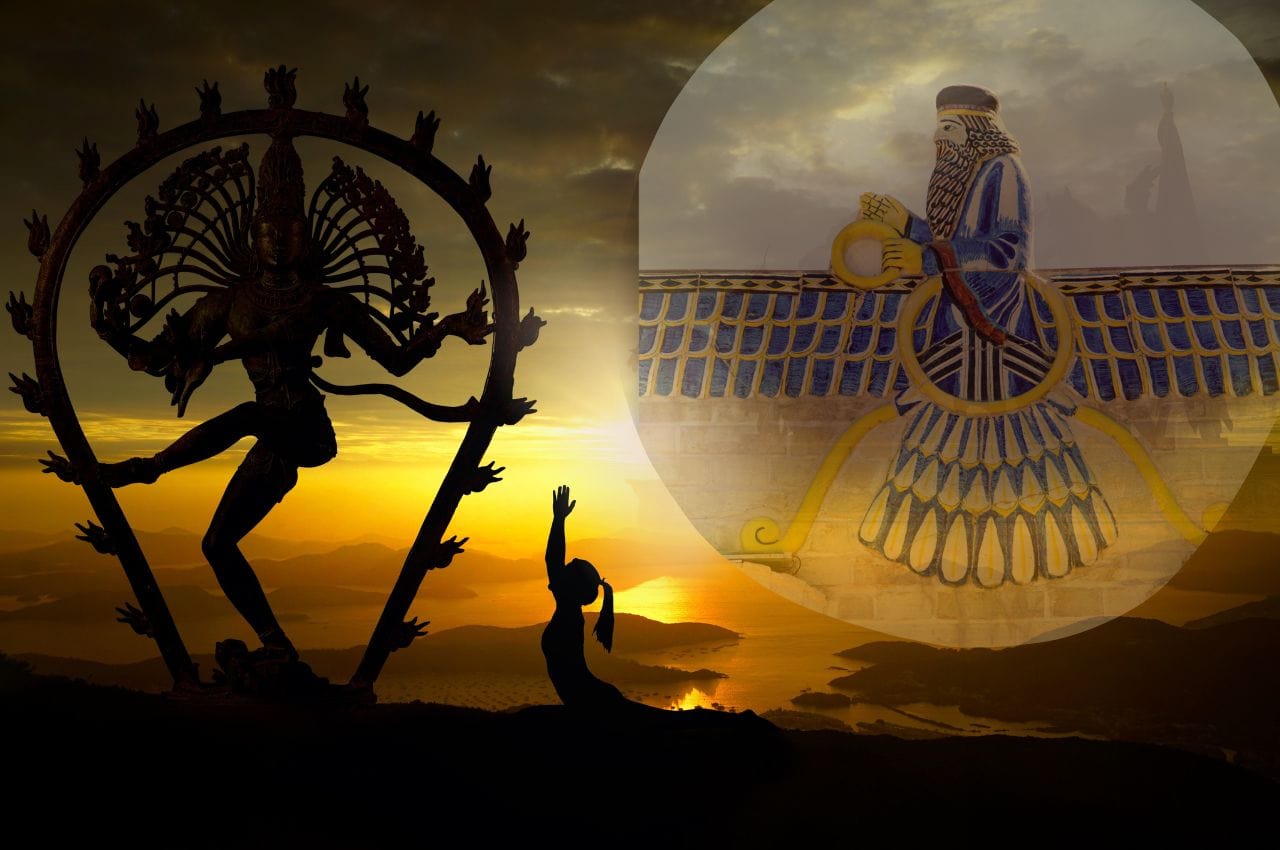
Table of Contents
For as long as there have been humans, there has been faith and spiritual expression. Humans have always had an inclination to worship, to adhere to religious or spiritual beliefs. But trying to pinpoint when that inclination manifested into the first religion is challenging. What was the first faith? What’s the world’s oldest religion? In this article, we take a look at the evolution of religions, focusing on the timeline.
Prehistoric Religions (circa 300,000-10,000 BCE)

Long before the advent of writing and organized religions, early humans showed signs of spiritual beliefs and practices. Studies have shown that “the oldest trait of religion, present in the most recent common ancestor of present-day hunter-gatherers, was animism”. From here, belief in an afterlife emerged, followed by shamanism and ancestor worship.
Cave paintings found in places like Lascaux in France or Altamira in Spain depict animals, humans, and abstract figures, possibly illustrating shamanic visions or rituals. These practices likely involved animism, where every entity, from stones to animals, was believed to possess a spirit.
Evidence from burial sites indicates a belief in an afterlife, as bodies were often buried with tools, weapons, and other items. Today we call these ‘grave goods’, objects that were to be useful to the deceased in the afterlife.
Religions in the Paleolithic Period (circa 40,000 to 10,000 BCE)

During the Paleolithic period, we start seeing evidence of symbolic behavior in relation to religion. For example, the “Venus” figurines and cave paintings found across Europe suggest some form of proto-religious beliefs or rituals.
These figures are very interesting. They’re extremely old, with the most recently unearthed Venus believed to be over 35,000 years old!
These small statues feature squat female figures with wide bellies, hips, and large breasts or vulva.
Because of this emphasis on fertility-related features, scholars suggest that they might represent a fertility goddess or spirit.
But this is still up for debate and we don’t really know the exact purposes of these mysterious figurines.
Beginning of Organized Religions (around 10,000 to 2,000 BCE)
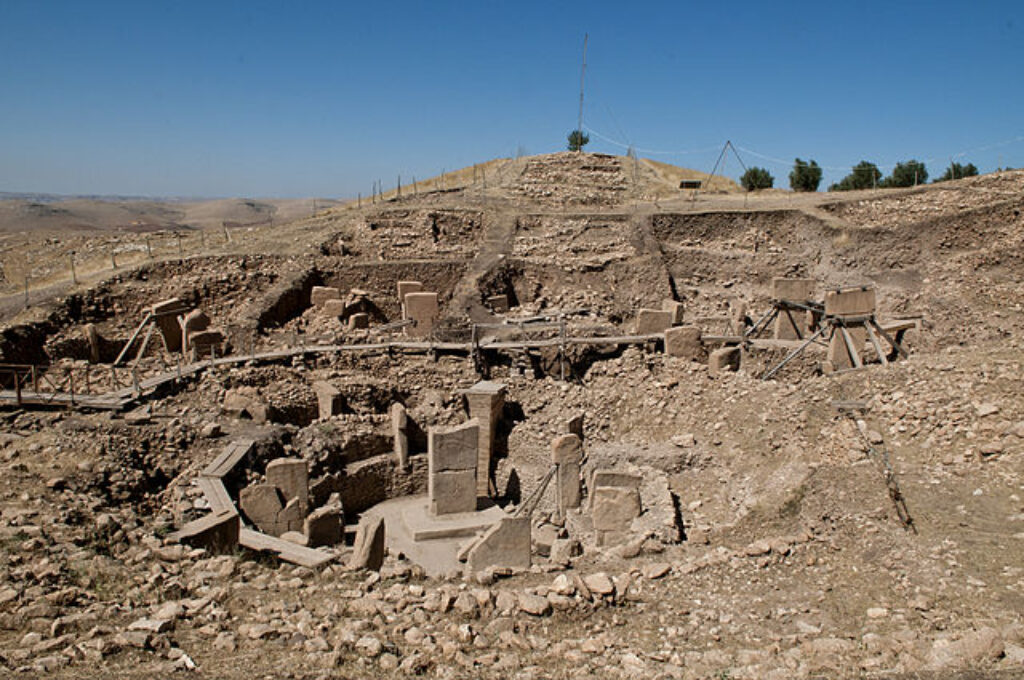
It’s only during the Neolithic Period, with the advent of agriculture, settlements, and increased social complexity, that the evidence for religious practices and beliefs becomes clearer.
It’s from this period that we get the earliest surviving religious site: Gobekli Tepe.
This is the earliest surviving human-made place of worship and was discovered only as recently as 1964.
Sites like Göbekli Tepe in Turkey, dating to around 10,000 BCE, provide compelling evidence of early religious structures and rituals.
The massive stone pillars at this site are carved with various animals, suggesting some form of animistic or totemic beliefs.
Ancient Civilizations (circa 3,000 BCE onwards)
By this time, many societies had established pantheons of gods and goddesses with clear records of these beliefs.
1. Sumeria

Ancient Sumer, often cited as the world’s earliest civilization, has left behind cuneiform tablets detailing a complex pantheon of gods and myths.
Emerging in ancient Mesopotamia, the Sumerians practiced one of the earliest known forms of organized religion.
They worshipped a pantheon of deities, with gods like Anu, Enlil, and Inanna playing central roles. Ziggurats, or step pyramids, were constructed as places of worship.
We also get our first epic poem from this period. Called The Descent of Inanna, it describes the Sumerian goddess Inanna’s descent into hell to visit her sister, the queen of the dead.
The Sumerian myths, including tales like the “Epic of Gilgamesh,” explored themes of creation, morality, and the nature of the gods.
2. Ancient Egypt
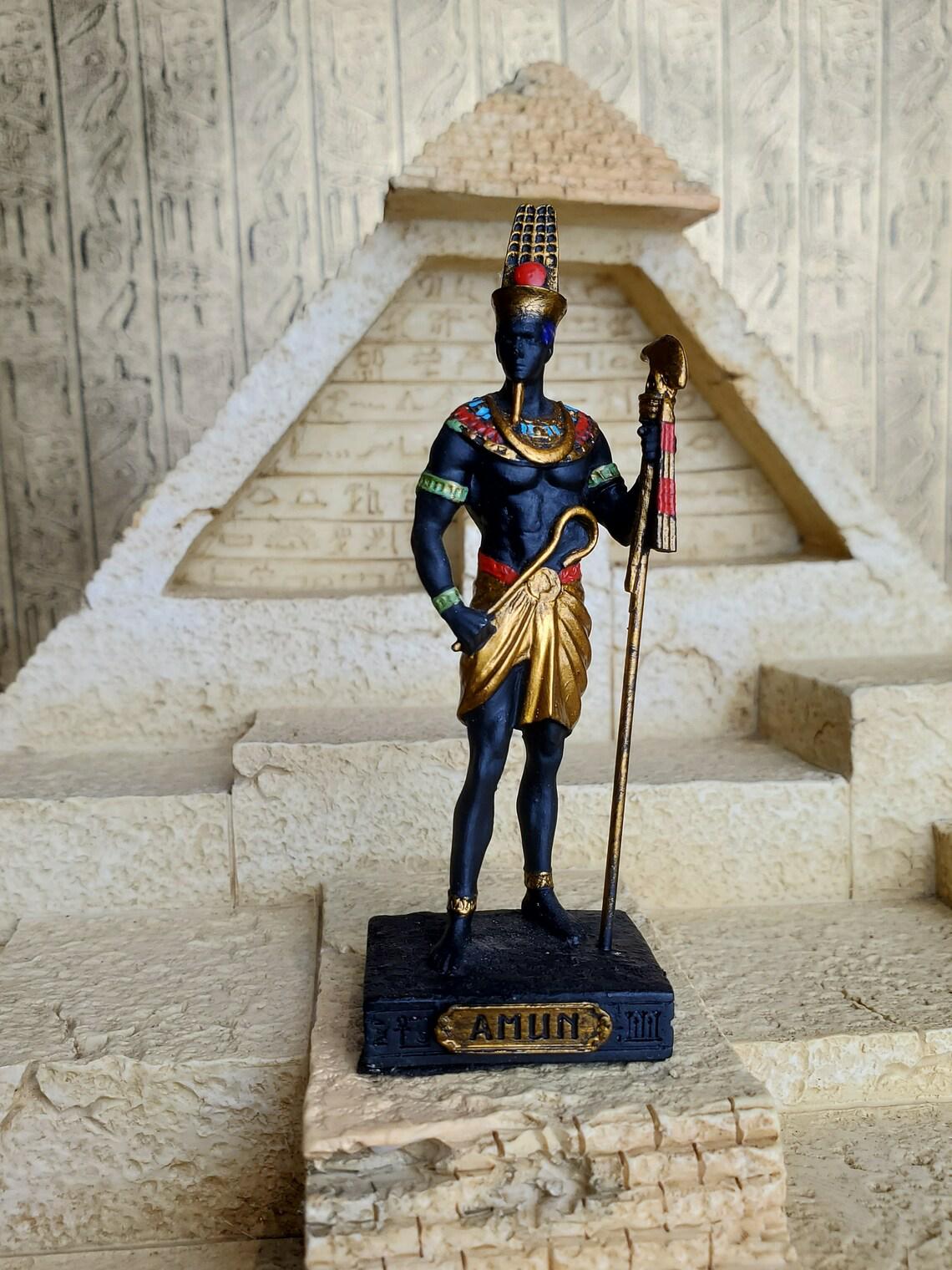
Similarly, in ancient Egypt, evidence from the early dynastic period from around 3,100 BCE already depicts a sophisticated religious system with deities like Ra, Osiris, and Isis.
The ancient Egyptians believed fervently in the afterlife, with the construction of elaborate tombs, pyramids, and the practice of mummification to preserve the deceased for the journey to the next world.
Central texts, like the “Book of the Dead,” provided the deceased with spells and guidance for the afterlife.
3. Indus Valley Civilization
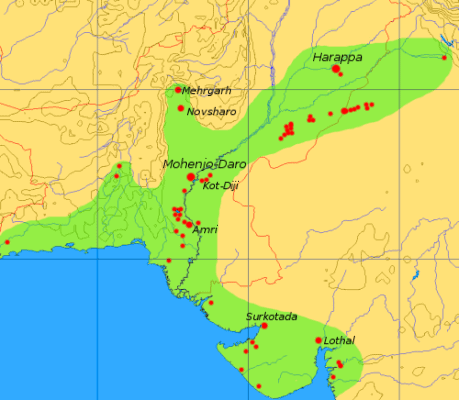
Another great civilization of this time was established in the Indus Valley. The spiritual practices of the Indus Valley Civilization, covering present-day Pakistan and northwest India, remain a mystery because the script that they used still hasn’t been deciphered.
However, what’s most important about this period is that it’s given us seals and artifacts with motifs resembling those found in later Hindu iconography.
Because of this, some scholars argue that this might indicate proto-Hindu practices or beliefs. This would make Hinduism even older than it’s currently believed to be.
For example, the Pashupati seal found in the Indus Valley features a figure seated in a lotus-like position, surrounded by animals. This might have been a prototype of Shiva.
Hindu symbols, such as the swastika and phallic objects, have also been found near the Harrapan ruins.
Oldest Religion: Hinduism (circa 2300-500 BCE)
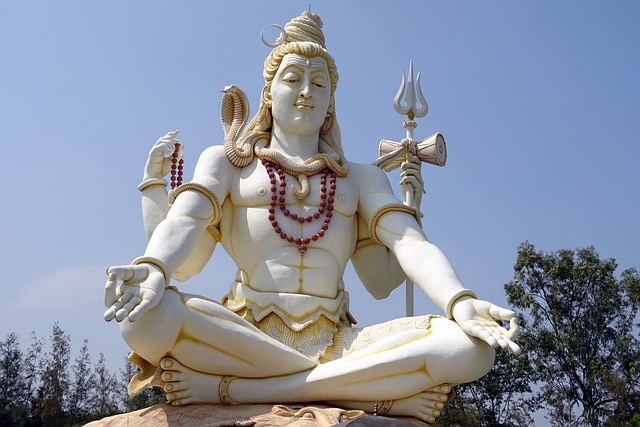
And now we finally come to what almost everyone agrees is the oldest continuing religion – Hinduism. It’s widely believed to be the world’s oldest religion, with roots going back at last 4000 years. It’s also the third largest of the world’s major religions, with almost a billion adherents.
The arrival of the Indo-Aryans and the composition of the Vedas, particularly the Rigveda, marks a more definitive starting point for the precursors of Hinduism. The religious practices and beliefs detailed in these texts—sacrificial rituals, hymns, and gods—are considered foundational to Hindu thought.
Over time, Hinduism evolved. The ritualistic Vedic religion began to be supplemented and even overshadowed by new religious ideas. The Upanishads, composed from 500 BCE to 500 CE, introduced more philosophical concepts, emphasizing personal spirituality and the pursuit of knowledge. This era also saw the composition of the two great Indian epics, the Mahabharata and Ramayana, which contain narratives and teachings central to Hindu beliefs.
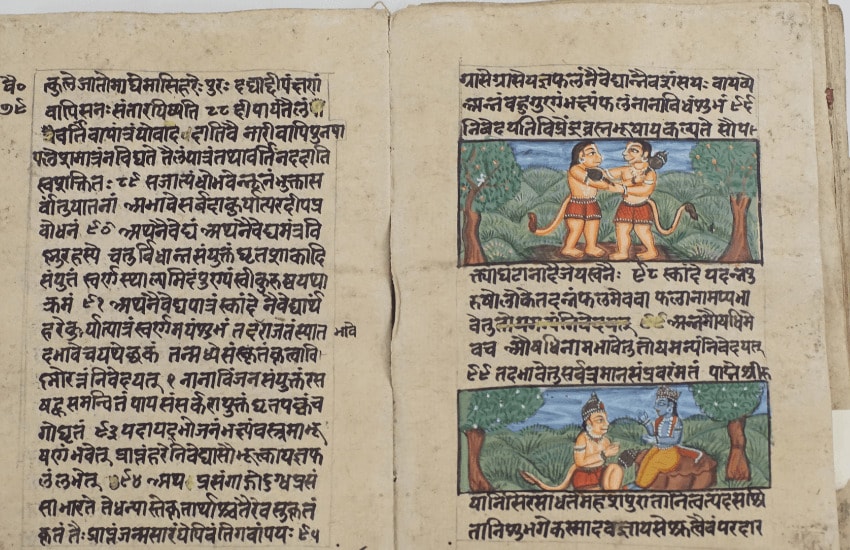
The other dharmic religions, which are Buddhism, Jainism, and Sikhism are much younger than Hinduism. Hinduism’s roots are the oldest, followed by Jainism and Buddhism in the middle of the first millennium BCE, and then Sikhism in the second millennium CE.
But Hinduism, and most of the other religions of this time, remained polytheistic, which is why the emergence of the monotheistic religions in the middle east marked a significant change in religious thought.
Oldest Monotheistic Religion: Zoroastrianism (circa 1500-1000 BCE)
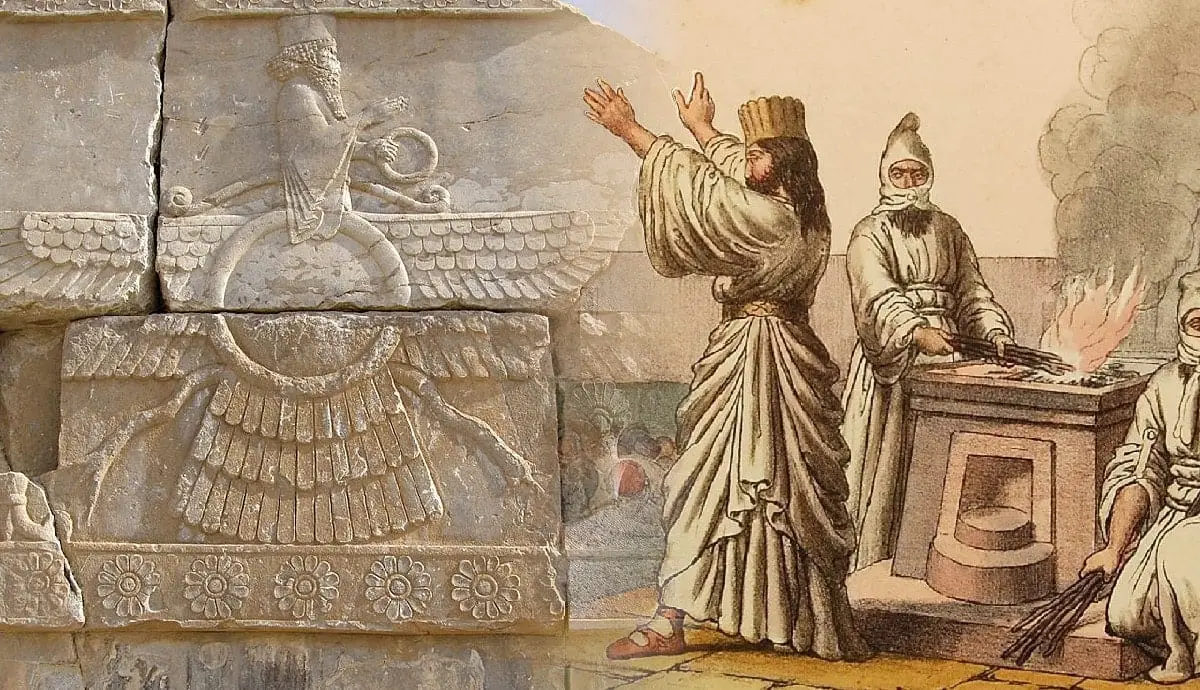
Arguably the world’s first monotheistic religion, Zoroastrianism is one of the most influential religions ever to have emerged. We’ve done a video on Zoroastrianism, so check that out in the description below.
Zoroastrianism emerged in ancient Persia, and was founded by the Prophet Zoroaster, who based it on the existing Iranian pagan religion, which was polytheistic in nature. But what made zoroastrianism unique was its focus on one supreme deity – Ahura Mazda.
Sacred fires, maintained in fire temples, play a significant role in worship. The Avesta, including its hymns called the Gathas, remains the primary religious text. Zoroastrianism also emphasized the dichotomy between good and evil, which would later influence some aspects of Jewish, Christian, and Islamic eschatology.
Emergence of Judaism (circa 2000-1500 BCE)

There’s some argument over whether Judaism or Zoroastrianism emerged first. It’s hard to say which came first, as both have roots in great antiquity. Regardless, it’s arguable that Zoroastrianism is the first monotheistic religion.
The early Hebrew religion was polytheistic. Later on, it’s likely that the Israelites practiced monolatry before adopting strict monotheism. Monolatry is the belief in the existence of many gods but the consistent worship of only one. In this view, early Israelites might have believed in the existence of other gods but held Yahweh as their primary or exclusive deity.
However, by the time of the Babylonian Exile (6th century BCE) and certainly afterward, the monotheistic belief in Yahweh as the one and only God became firmly rooted in Jewish theology, shaping the course of Jewish belief and practice from then on.

So, what occurred during the exile to cause Judaism to change to the point that some scholars, such as Yehezkel Kaufmann, call it the start of Judaism? This is still a topic of scholarly debate, and there is no concrete evidence that conclusively proves direct transmission of ideas from Zoroastrianism to Judaism.
However, what we do know is that several significant theological and eschatological concepts, that have parallels in Zoroastrianism, became more pronounced in post-exilic Judaism. These include dualism, eschatology, angelology, creation, end times, and the concept of paradise. From here, the stage was set for monotheism and the rest of the world’s major religions.
Emergence of Christianity (circa 1st century CE)

Christianity arose as an offshoot of Judaism, with the teachings of Jesus Christ in the early 1st century CE in the Roman province of Judea. The central figure of Christianity is Jesus, believed by Christians to be the Messiah prophesied in the Hebrew Scriptures. He was a preacher and healer whose message focused on love, repentance, and the imminent Kingdom of God.
Over the next few centuries, it spread throughout the Roman Empire and beyond, with key figures like the Apostle Paul and Emperor Constantine playing pivotal roles in its dissemination and theological development.
Emergence of Islam (circa 7th century CE)
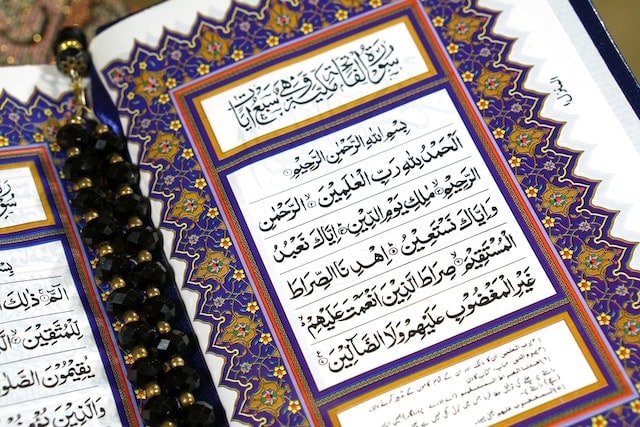
Islam is the youngest of the major world religions. So, it’s also the most well documented and historically verifiable. Islam began in the early 7th century CE in Mecca, with the revelations received by the Prophet Muhammad. These revelations were later compiled into the Quran, the holy book of Islam. Within a century of the prophet’s death, Islam had expanded rapidly, reaching parts of North Africa, Spain, Persia, and the Indian subcontinent.
Religion Today
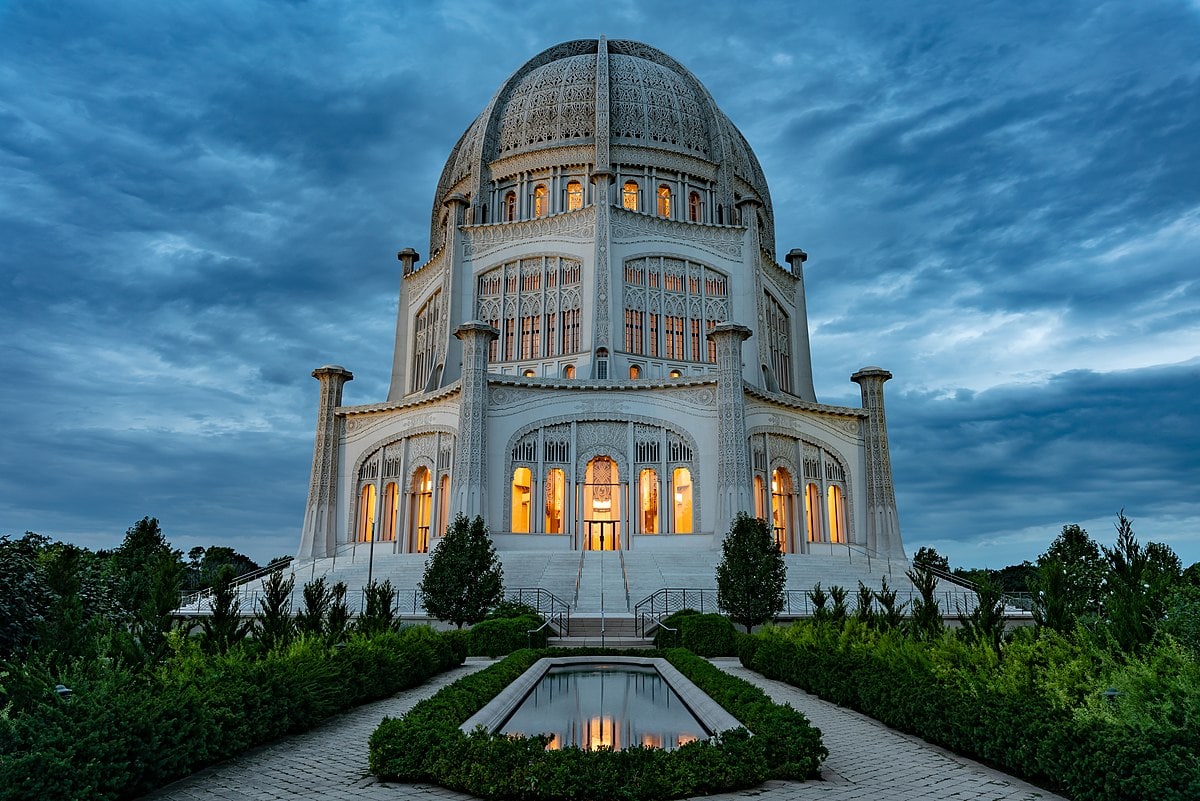
Since Islam, there have been other religious movements, like Baha’i and Mormonism, each with its unique doctrines, practices, and narratives that have attracted global followings.
As societies evolve and cultures intermingle, new religions continue to emerge with some regularity, reflecting humanity’s unceasing search for spiritual understanding, purpose, and connection in an ever-changing world.
Wrapping Up
So, with all this said, it’s challenging to pinpoint the oldest religion with certainty. It’s a nuanced task. Most ancient beliefs predate written records, relying instead on artifacts and oral traditions, which can be ambiguous or altered over time. As cultures merged, religious beliefs often blended, blurring distinct origins.
Additionally, evidence of ancient practices can be lost due to natural decay or human intervention, and our interpretations can be colored by later societal views or modern biases. We can only make our best guesses based on the evidence that we have available, but there’s always room for doubt.
Related Articles
What Are the World’s Largest Religions?
What Are the Abrahamic Religions? – A Guide
10 Religions in the Middle East You Have Never Heard Of
What is Shamanism? Organized Religion or a Spiritual Practice?
What Are the Religions in Vietnam? A List
4 Common Religions in Japan Explained
List of Religions in China – What You Need to Know








